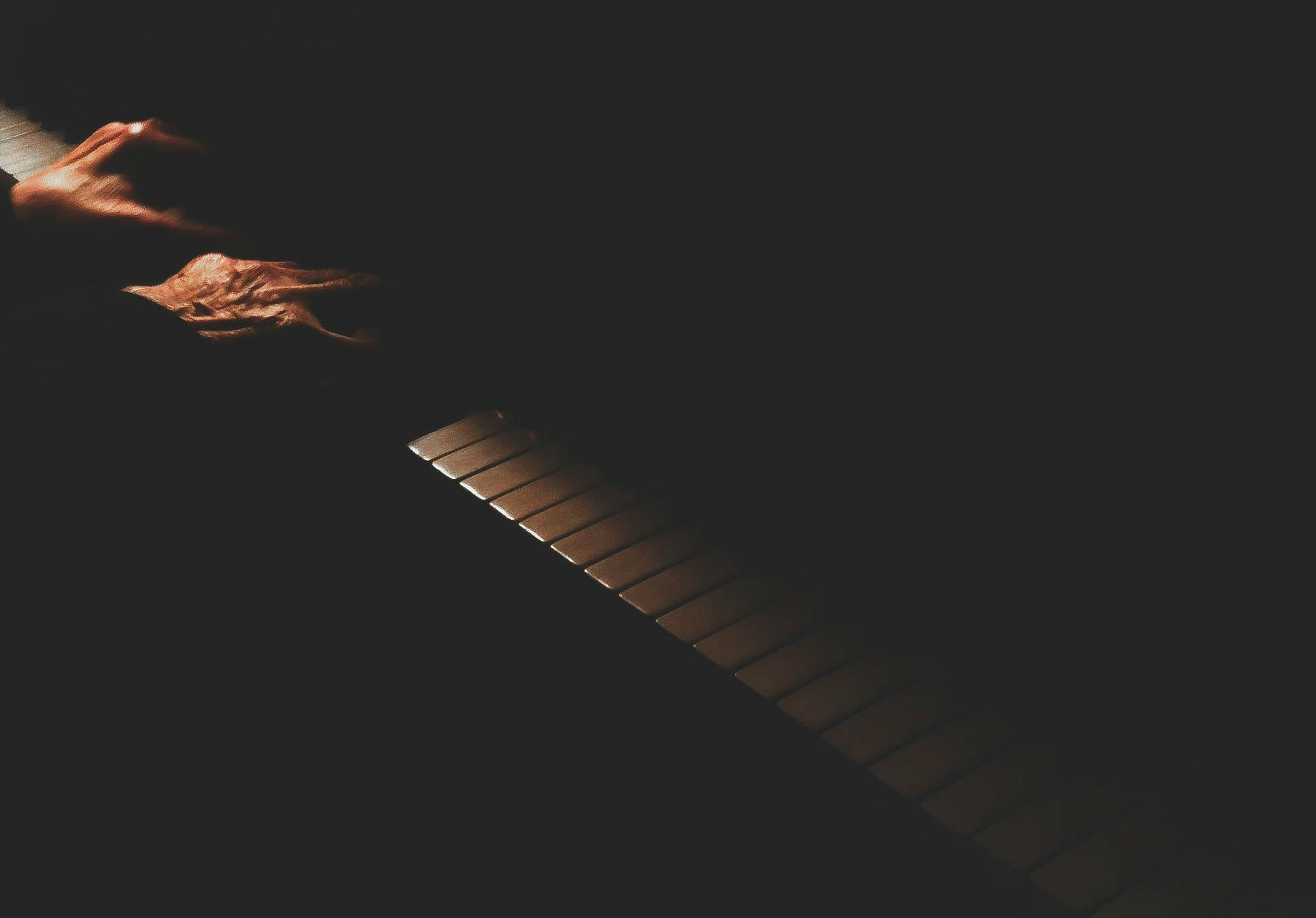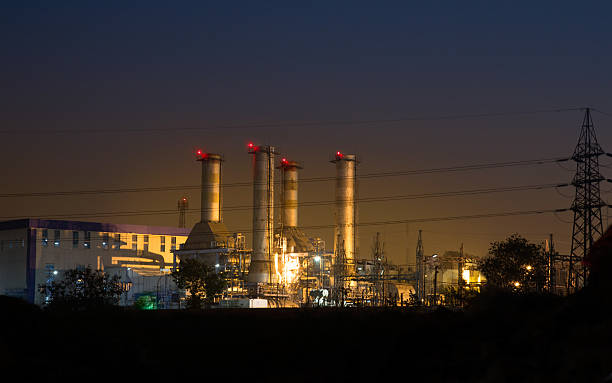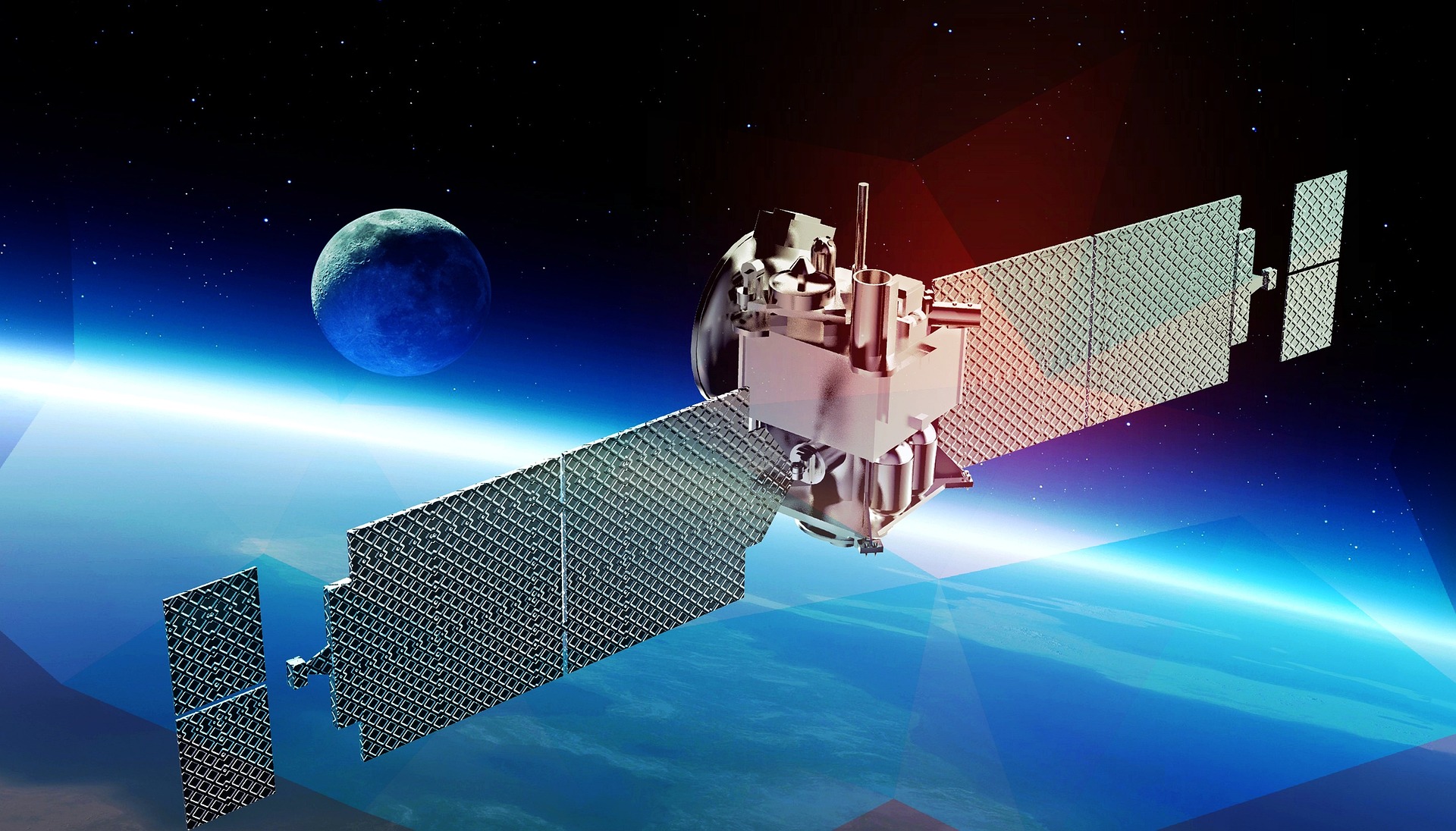Virtual Reality in Performance Art: A New Dimension of Expression
Introduction: In recent years, the art world has witnessed an unprecedented fusion of technology and creativity, giving birth to a new realm of expression: Virtual Reality (VR) in performance art. This article delves into the inception, development, and impact of this emerging art form, offering a fresh perspective on the intersection of digital innovation and artistic exploration.

The Genesis of VR in Performance Art
The use of VR in performance art traces back to the late 20th century when technology began to permeate various artistic fields. Experimental artists, seeking to push the boundaries of traditional performance, started exploiting VR’s immersive qualities. These pioneers saw in VR a tool to augment the audience’s sensory experience, thereby redefining the concept of artistic engagement.
The Dawn of a New Artistic Era
Fast forward to the present day, VR is now an integral part of the global art scene, with numerous artists and institutions harnessing its potential to create immersive experiences. Digital art festivals and exhibitions worldwide are showcasing VR performances, signaling the art form’s increasing acceptance and popularity. The COVID-19 pandemic, which necessitated social distancing, further amplified the significance of VR in enabling remote, yet immersive, artistic experiences.
The Impact and Significance of Virtual Reality Performances
VR in performance art has not only expanded the realm of artistic possibilities but also revolutionized audience engagement. By transporting viewers into imaginative landscapes, VR performances create a deeply personal and immersive experience, blurring the line between observer and participant. This shift has profound implications for how we perceive and engage with art, stimulating a unique emotional response that traditional performances may not evoke.
Challenges and Opportunities
Despite its promise, VR in performance art also faces challenges. The high costs of VR equipment can be a barrier for both artists and audiences. Additionally, creating convincing VR performances requires technical expertise, potentially limiting the pool of artists who can effectively use this medium. However, these challenges also present opportunities. As technology advances and becomes more accessible, we can anticipate a surge in VR performances, further democratizing and diversifying the art world.
Future Prospects: A New Artistic Paradigm
The marriage of VR and performance art signals a new artistic paradigm, one that transcends physical boundaries and offers limitless creative possibilities. As artists continue to experiment with this medium, we can expect to see more innovative VR performances that redefine our understanding of art and its role in society.
In conclusion, the emergence of VR in performance art represents a fusion of technology and creativity that is reshaping the art world. Its potential to create immersive, personalized experiences offers a fresh perspective on artistic expression, heralding a new era of engagement and participation. Despite the challenges it faces, the future of VR in performance art looks promising, offering an exciting frontier for artists and audiences alike.





